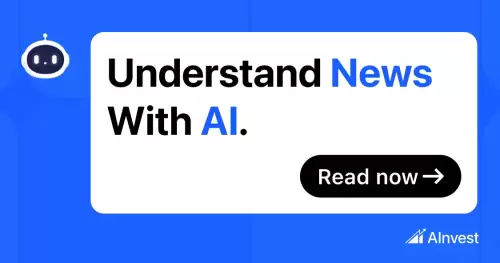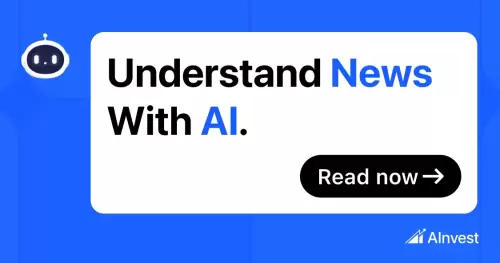Google Gemini is changing how crypto traders plan, research, and manage risk. But it's no crystal ball. Here's the lowdown on using it responsibly.
Google Gemini, crypto trades, planning: it's the new holy trinity for navigating the chaotic world of digital assets. But before you start dreaming of Lambos, let's be clear: Gemini ain't a magic money printer. It's a powerful tool for research, sentiment analysis, and risk management – if you know how to use it.
Gemini: Your Crypto Co-Pilot, Not Your Captain
The buzz around Gemini is real, especially the Pro version. Its ability to access Google Search directly gives traders a serious edge. Imagine scanning news, summarizing catalysts, and cross-checking signals without juggling a million browser tabs. That's the promise. As of July 2025, crypto traders are leveraging Gemini to monitor market-moving news in real-time. It helps filter the noise, so you can focus on what matters.
The Good: Spotting Trends and Validating Narratives
Gemini shines at identifying broader market narratives. For example, when asked about Render Token (RNDR) in July 2025, Gemini highlighted its association with trending AI and Web3 tokens, reinforcing its long-term relevance. It also picked up on positive sentiment spillover from similar projects. This is valuable for understanding the 'why' behind market movements.
The Not-So-Good: Missing the Short-Term Jumps
Don't expect Gemini to catch every micro-pump. In one test, it missed the catalyst behind a 50% volume spike on RNDR. It offered contextual analysis but failed to pinpoint specific news or wallet movements. Translation: always cross-check with real-time data from wallet trackers and token-specific feeds. Gemini confirms narratives, but it often misses the short-term action.
Planning Your Trades with Gemini: A Reality Check
Gemini can help structure trade setups, outlining potential entry and exit points based on technical indicators. But here's the catch: it can't verify live RSI or MACD levels. Any risk-reward ratios it suggests are purely hypothetical. Think of it as a starting point for planning, not a signal to blindly ape into a trade. It's excellent for backtesting and learning, but you still need a reliable charting tool and live market data.
Risk Management: Gemini's Got Your Back (Sort Of)
Need help calculating position size? Gemini can do that. It can even flag potential invalidation conditions for a trade. However, remember that its risk framing is based on basic trading heuristics, not your personal risk tolerance. The final decision is still on you. As one test showed, when prompted to suggest a crypto asset that has a low correlation with Bitcoin, for diversification purposes, Gemini didn't directly answer the prompt. Instead, it explained why such assets are rare, stating that most altcoins tend to move with Bitcoin, especially during market-wide events.
Gemini vs. the Competition: Who Wins?
Gemini isn't the only AI in the crypto game. ChatGPT and Grok are also in the mix. Each has its strengths. Gemini excels at news-driven setups, thanks to its Google Search integration. ChatGPT might be better for coding strategies and trade simulations. And Grok? Use it to detect token chatter and gauge sentiment. The savvy trader uses them all, playing to each AI's strengths.
The Golden Rule: Verify, Verify, Verify
Treat Gemini's outputs as drafts, not gospel. Cross-check everything with onchain data, price feeds, and your own damn brain. Combine it with tools like CoinMarketCap, TradingView, Nansen, and CoinGecko. And for the love of Satoshi, always test your strategies in simulation before deploying real capital.
Final Thoughts: AI is Here to Help, Not Replace
AI is changing the crypto landscape, but it's not replacing human judgment. Gemini is a powerful assistant, augmenting your abilities and freeing you from tedious tasks. But it's up to you to steer the ship. So, go forth, experiment with Gemini, and plan your trades wisely. But remember, in the wild world of crypto, a little skepticism goes a long way.













































































